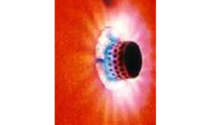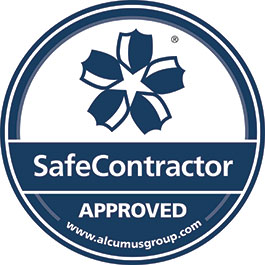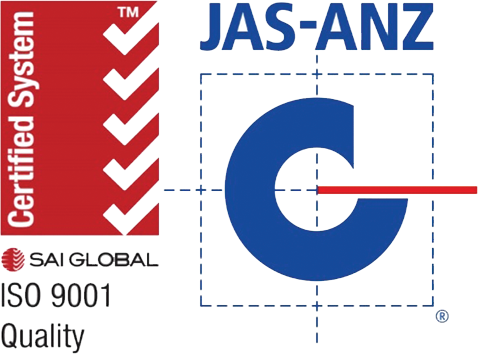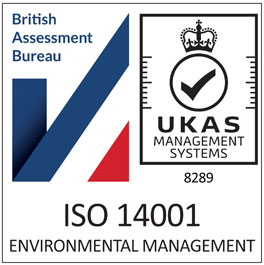Lanemark KS petrochemical burners are used to provide the process heat for ethylene cracking furnaces. The ethylene cracking process, or pyrolysis, is an essential part of producing plastics like polyethylene. The KS model achieves ethylene cracking through side fired, horizontally mounted burners (Radiant Wall or Vertical Flat Flame type) combined with floor mounted, vertically up fired burners (Round or Flat Flame).
Advantages of the Lanemark KS ethylene cracking petrochemical burner
Flame stability
The burner’s stable, tightly controlled flame profile allows a wide range of typically high calorific value fuel gases such as natural gas and refinery fuel gas to be fired either on their own or in combination. The KS burner offers high levels of turndown and flexibility, meaning the burner remains stable across its operating range.
Low emissions
The KS petrochemical burner is designed to minimise the production of NOx and CO, as well as noise emissions. The burner’s includes both fuel staged and air staged designs which result in low NOx emissions without impacting on turndown, flame stability or CO emissions.
Low noise emissions result from low to medium combustion air pressure drops and the mixing properties of the burner tip and burner tile design. This reduces the need for external acoustic insulation and makes the burner suited to a range of industrial environments.
Flexible configurations
KS burner models include configurations for the combustion air to be supplied to the burner in a number of modes:
- Natural draft
- Induced draft
- Forced draft
and all at low excess air operation. In forced draft mode the combustion air can be ambient, preheated or may be supplied from a gas turbine exhaust.
Other features of the KS ethylene cracking petrochemical burner
- Varying ignition. Burners can include manual ignition, with portable spark igniters or portable pilot as well as with fixed manual pilots, or can be supplied as fully automatic pilot burners.
- Different fuel options. The burner tip design can accommodate multiple fuel gases. This can be either a single fuel gas system where fuel gases are mixed upstream of the burner in any combination, or as separate dual gas systems.
- Adherence to site requirements. A site’s specific furnace dimensions can be accommodated with tailored flame lengths and widths. Also, the burner offers low excess air operation at design or normal burner loads, and high excess air at low burner loads (typically present during start up and warm standby conditions).


 KS1000
KS1000 KS6000
KS6000 KS8000
KS8000 KS9000
KS9000




